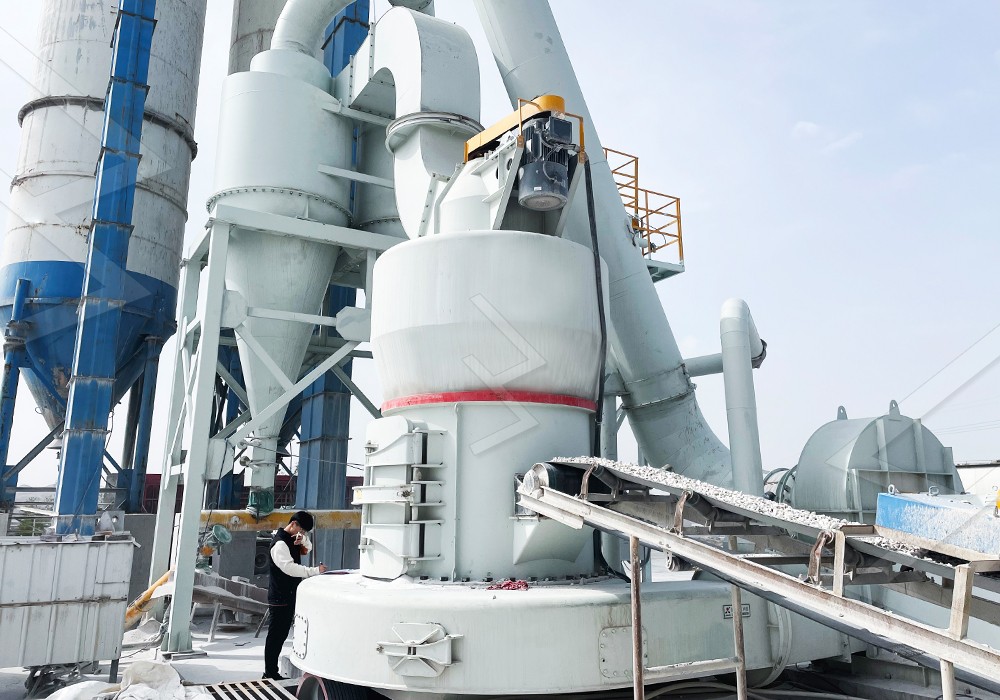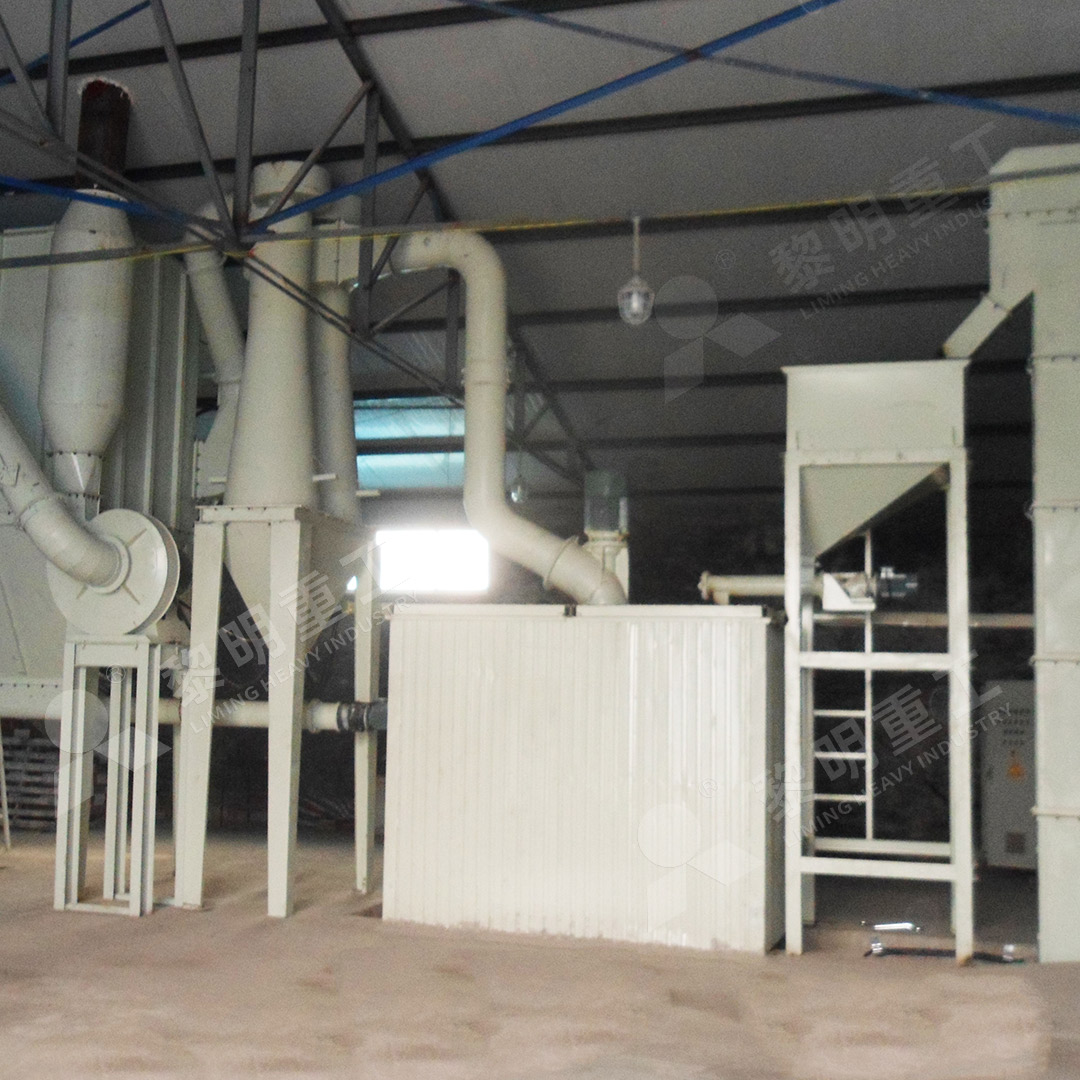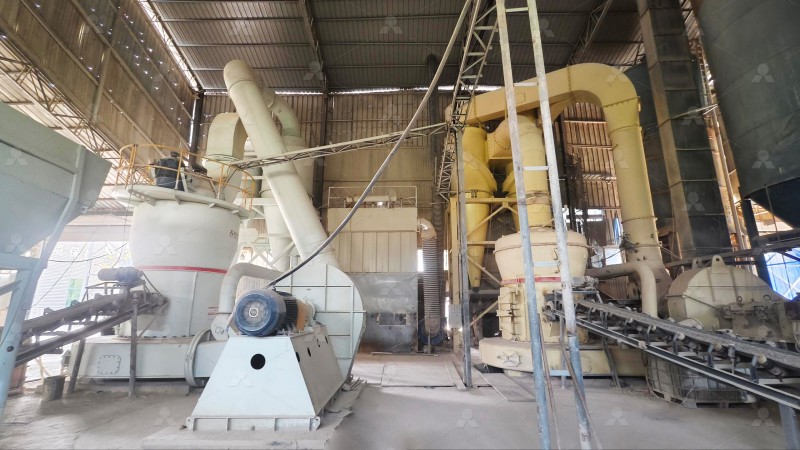Cement Grinding System Process Flow: From Clinker to Finished Product
Cement Grinding System Process Flow: From Clinker to Finished Product
The journey from clinker to finished cement powder represents one of the most critical stages in cement production. This grinding process significantly influences the final product’s quality, performance characteristics, and production efficiency. Understanding the systematic flow of this operation provides valuable insights for optimizing cement manufacturing operations.
The Grinding Process: A Detailed Overview
The cement grinding system begins with clinker storage, where the cooled clinker from the kiln is temporarily held before processing. This material, typically ranging from 5mm to 25mm in size, is then fed into the grinding circuit along with carefully measured additives such as gypsum, limestone, or other supplementary cementitious materials.
Primary crushing reduces oversized clinker particles before the material enters the grinding mill. The heart of the operation lies within the grinding mill itself, where mechanical forces transform the hard clinker nodules into fine powder. This transformation occurs through impact, attrition, and compression as the grinding media interacts with the clinker particles.

Following grinding, the material enters a classification system where oversized particles are separated and returned to the mill for further processing. This closed-circuit grinding approach ensures optimal particle size distribution and maximizes energy efficiency. The finished cement product then proceeds to storage silos, where it is homogenized before packaging or bulk shipment.
Advanced Grinding Solutions for Modern Cement Plants
Contemporary cement grinding systems have evolved significantly from traditional ball mill configurations. The industry has shifted toward more energy-efficient vertical roller mills and advanced separator technologies that deliver superior performance with reduced operational costs.
For operations requiring ultra-fine cement products or specialized applications, the MW Ultrafine Grinding Mill presents an exceptional solution. This advanced mill processes materials with input sizes up to 20mm at capacities ranging from 0.5 to 25 tph, producing powder with fineness between 325-2500 meshes. Its innovative design eliminates rolling bearings and screws within the grinding chamber, significantly reducing maintenance concerns while the integrated pulse dust collector ensures environmentally compliant operation.

Another noteworthy solution for cement grinding applications is the LUM Ultrafine Vertical Grinding Mill, which handles input sizes up to 10mm with capacities between 5-18 tph. This mill incorporates German powder separating technology and features reversible structure for simplified maintenance, making it particularly suitable for operations requiring frequent product changes or stringent quality specifications.
Key Considerations in Grinding System Design
Successful cement grinding operations depend on several critical factors beyond equipment selection. Material characteristics, including moisture content, grindability, and chemical composition, significantly influence system performance. Proper ventilation and temperature control prevent dehydration of gypsum and ensure optimal cement quality.
Energy consumption remains a primary concern, with grinding accounting for approximately 40% of total electrical energy usage in cement plants. Modern grinding systems address this through optimized grinding media, efficient classifiers, and advanced control systems that maintain optimal operating conditions.

Particle size distribution directly affects cement performance characteristics such as setting time, strength development, and workability. Modern grinding systems incorporate sophisticated control strategies to maintain consistent product quality while adapting to variations in raw material properties.
Frequently Asked Questions
What is the typical energy consumption for cement grinding?
Energy consumption varies based on the grinding system and product fineness, typically ranging from 30-50 kWh/t for conventional systems. Advanced systems like the MW Ultrafine Grinding Mill can achieve 30-40% energy savings compared to traditional technologies.
How does closed-circuit grinding improve efficiency?
Closed-circuit systems continuously separate fine product from coarse material that requires further grinding. This approach prevents overgrinding and reduces energy consumption by 15-25% compared to open-circuit systems.
What maintenance considerations are important for grinding mills?
Regular inspection of grinding elements, lubrication systems, and classifiers is essential. Mills like the MW series with external lubrication systems allow maintenance without shutdown, significantly improving operational availability.
How does cement fineness affect product performance?
Finer cement typically develops higher early strength but may require more water and generate increased heat during hydration. Optimal fineness balances these factors for the specific application requirements.
